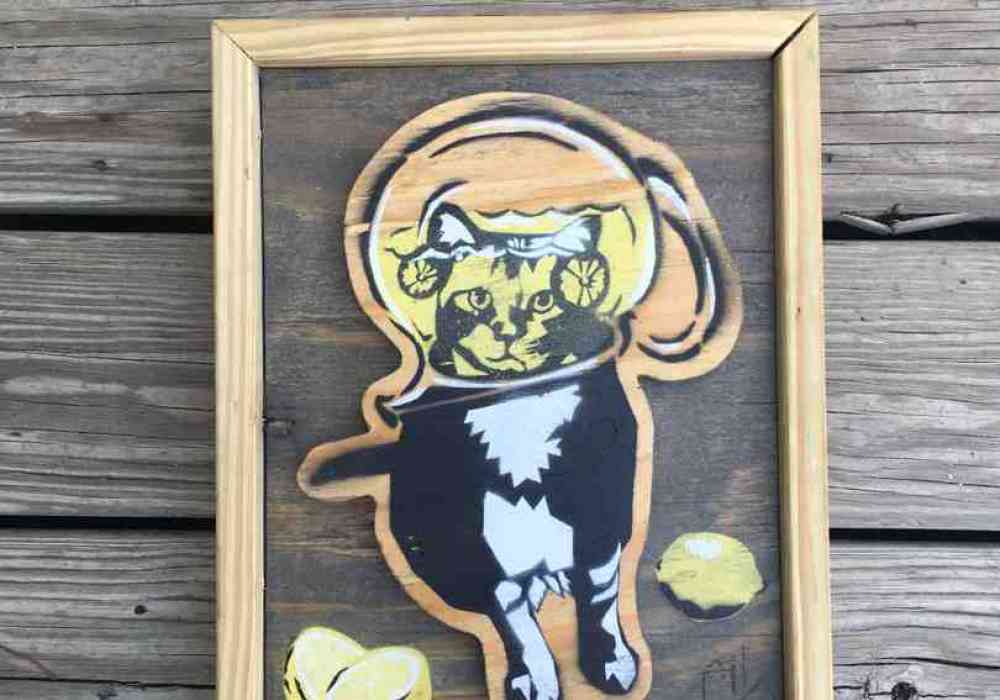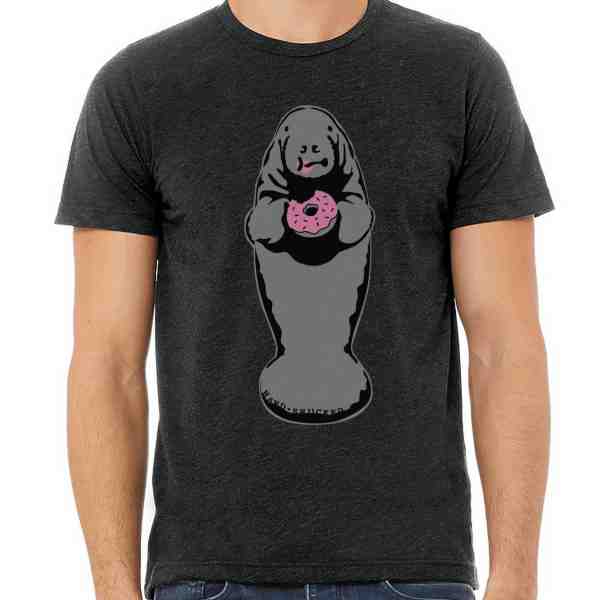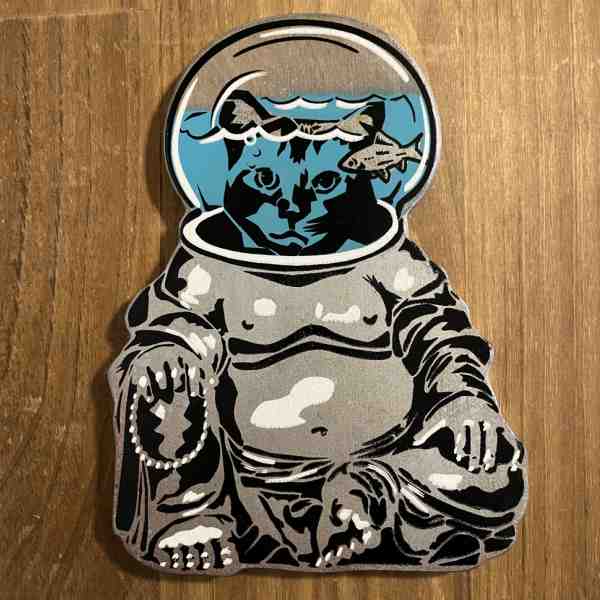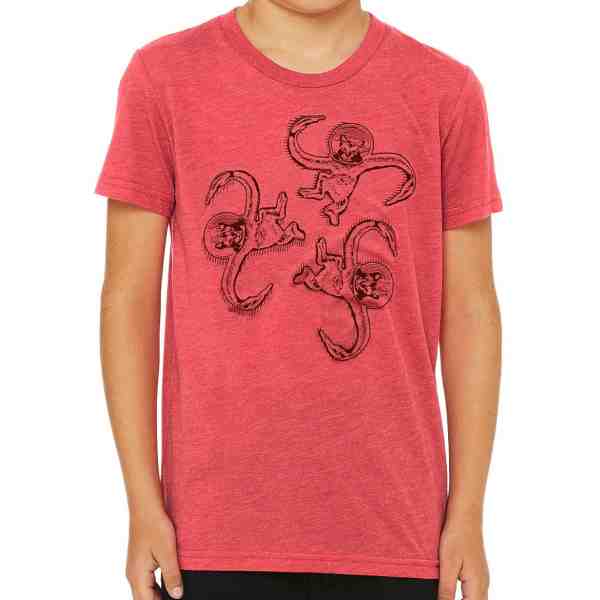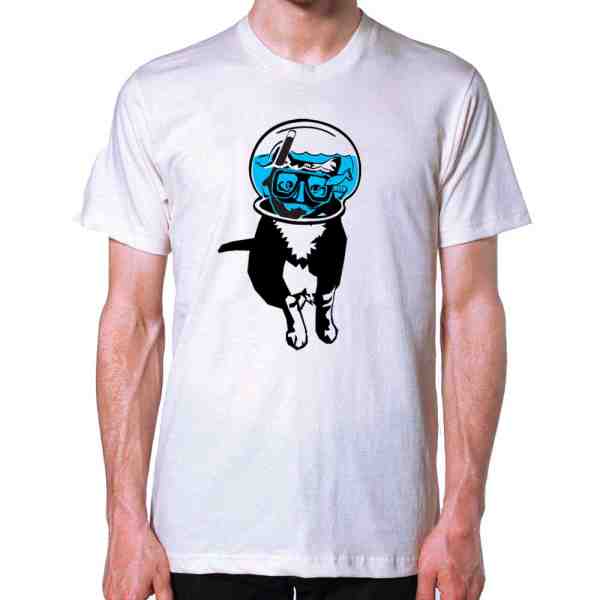Tracking Down the Elusive Weird Cat Painting
The Fascination with Weird Cat Paintings
The world of weird cat paintings is a delightful blend of whimsy and creativity, capturing the hearts of art enthusiasts everywhere. At the forefront of this peculiar art form is Louis Wain, a British artist renowned for his quirky feline illustrations.
Louis Wain was a master of anthropomorphism, a technique where animals are given human traits. His cats were often depicted walking upright, wearing clothes, and engaging in human activities. This unique style made his work a sensation in Victorian England. People were fascinated by how Wain’s cats seemed to reflect human emotions and behaviors, often in humorous or satirical ways.
Wain’s fascination with cats began with a personal story. His wife’s illness and their pet cat, Peter, inspired him to sketch cats as a way to lift her spirits. This personal connection to his subject matter gave his work an emotional depth that resonated with audiences.
His art was not just about cute and quirky depictions, though. As Wain’s mental health declined, his illustrations became more abstract and intense, reflecting his inner turmoil. The evolution of his work offers a poignant glimpse into how mental illness can influence creativity, adding another layer of intrigue to his weird cat paintings.
The appeal of these paintings lies in their ability to blend the familiar with the bizarre, making us see cats—and perhaps ourselves—in a new light. Whether through the lens of humor, empathy, or psychological exploration, weird cat paintings continue to captivate and inspire.
Exploring the Works of Louis Wain
Louis Wain, a celebrated British artist, is best known for his captivating and eccentric cat illustrations. His work gained immense popularity in Victorian England, a time when the fascination with anthropomorphic art was at its peak. Wain’s cats were not just pets; they were characters full of life and humor, often depicted engaging in human-like activities and donning fashionable attire.
The Rise of Louis Wain’s Cats
Wain’s journey into cat art began with a personal story. After marrying Emily Richardson, who was suffering from breast cancer, Wain started drawing their pet cat, Peter, to cheer her up. This act of love and creativity led to his lifelong dedication to sketching cats, which became his signature style. His illustrations, beginning with the famous Kitten’s Christmas Party in the Illustrated London News, showcased over 150 cats in festive scenarios, capturing the imagination of the public.
Mental Illness and Artistic Evolution
As Wain’s career progressed, so did his personal struggles. After the death of his wife, Wain faced significant mental health challenges, which many believe influenced the shift in his artistic style. His later works are characterized by vibrant colors and abstract patterns, moving away from the recognizable, playful cats to more surreal and intense depictions.
Art historians and psychiatrists often cite Wain’s evolving style as a reflection of his cognitive deterioration, possibly linked to schizophrenia. Walter Maclay, a British psychologist, famously used Wain’s art to illustrate the effects of mental illness on creativity. However, the exact timeline of Wain’s works remains debated, as he rarely dated his paintings.
The Legacy of Louis Wain
Despite his personal hardships, Wain’s art remains a fascinating study of the intersection between mental health and creativity. His weird cat paintings continue to intrigue audiences, offering a window into the mind of an artist who lived through both personal and societal upheavals.
Wain’s legacy is a testament to the enduring appeal of cats in art and the complex narratives that can be woven through their portrayal. His work not only entertained Victorian society but also provided a profound commentary on the human condition, as seen through the eyes of his beloved feline subjects.
Weird Cat Painting in Historical Context
Medieval Cat Paintings: A Glimpse into the Past
In art, cats have long been a subject of fascination, especially in medieval times. These early weird cat paintings often depicted cats with exaggerated or humorous features, reflecting the artists’ limited understanding of feline anatomy. Many medieval manuscripts feature cats with human-like expressions and awkwardly proportioned bodies, a far cry from the realistic portrayals we see today.
Cognitive Deterioration and Artistic Expression
Fast forward to the late 19th and early 20th centuries, and we encounter the enigmatic works of Louis Wain. Wain’s journey from playful, anthropomorphic cat illustrations to abstract and intense patterns is often viewed through the lens of cognitive deterioration. As his mental health declined, possibly due to schizophrenia, his art evolved dramatically. The once cheerful and detailed cats morphed into vibrant, swirling patterns that some art historians link to his mental state.
The change in Wain’s style is a frequently cited example of how cognitive changes can influence artistic expression. Walter Maclay, a British psychologist, famously used Wain’s works to illustrate this connection, although the accuracy of the timeline is debated since Wain rarely dated his paintings.
Abstract Patterns and Artistic Innovation
The shift towards abstract patterns in Wain’s later works is not just a reflection of his personal struggles but also a broader trend in the art world. During this period, many artists began experimenting with abstraction, moving away from traditional forms and exploring new ways to express emotion and experience.
Wain’s abstract cat paintings, with their kaleidoscopic colors and intense energy, stand as a testament to this artistic innovation. They invite viewers to interpret the emotional depth and complexity behind the seemingly chaotic designs, offering a unique perspective on the interplay between mental health and creativity.
In conclusion, the historical context of weird cat paintings reveals a rich mix of artistic exploration and personal narrative. From medieval depictions to Louis Wain’s transformative journey, these artworks continue to captivate and inspire, challenging our perceptions of both art and the human experience.
The Influence of Japanese Art on Weird Cat Paintings
Japanese Art: A Source of Inspiration
Japanese art has long been a source of inspiration for artists around the world, and its influence can be seen in the evolution of weird cat paintings. The art style often includes intricate details and a deep appreciation for nature and animals. In particular, cats have been a popular subject in Japanese art, depicted in various forms—from domestic pets to mythical creatures.
3D Cat Portraits: Bridging Tradition and Modernity
A fascinating development in the field of cat art is the creation of 3D cat portraits. These artworks blend traditional Japanese techniques with modern materials and technology, creating lifelike and sometimes surreal representations of cats. The three-dimensional aspect adds depth and texture, making the cats appear almost alive. This innovative approach allows artists to explore the quirky and mysterious nature of cats in new and exciting ways, pushing the boundaries of what constitutes a weird cat painting.
Sachi: A Modern Japanese Artist
One artist who has acceptd this fusion of tradition and modernity is Sachi. Known for her unique and imaginative cat portraits, Sachi draws inspiration from classic Japanese art while incorporating contemporary elements. Her work often features cats in whimsical settings, with exaggerated features and vibrant colors that capture the playful spirit of these beloved animals. Sachi’s art exemplifies how Japanese influences can shape and enrich weird cat paintings, offering a fresh perspective that resonates with audiences worldwide.
Japanese art’s impact on the genre of weird cat paintings highlights the dynamic interplay between cultural heritage and artistic innovation. Through artists like Sachi, we see how traditional motifs can be reimagined in modern contexts, keeping the fascination with eccentric and endearing cat depictions alive and thriving.
Frequently Asked Questions about Weird Cat Paintings
What makes a cat painting “weird”?
A cat painting earns the label “weird” when it diverges from the typical portrayal of these furry creatures. This can include exaggerated features, unusual colors, or placing cats in bizarre scenarios. For instance, Louis Wain, a notable artist in this field, is famous for his depictions of cats with human-like expressions and behaviors. His work often features vibrant colors and abstract patterns, making them stand out as distinctly strange yet captivating.
Who was Louis Wain and why are his cat paintings significant?
Louis Wain was an English artist known for his anthropomorphic and often psychedelic cat illustrations. His work gained popularity in Victorian England, capturing the public’s imagination with its quirky charm. Wain’s cats are not just ordinary felines; they are imbued with personality and emotion, often dressed in human clothing or engaged in human activities. This unique approach has made his paintings significant, as they challenge the traditional boundaries of animal art and offer a glimpse into the whimsical world of anthropomorphism.
How did mental illness influence Louis Wain’s art?
Louis Wain’s later works are often cited as a visual representation of cognitive deterioration, possibly linked to his mental illness. After the death of his wife, Wain’s behavior became increasingly erratic, leading to his eventual admission to a mental hospital. Researchers, including Walter Maclay, have suggested that Wain’s shift toward more abstract and colorful patterns in his paintings reflects the progression of schizophrenia. However, it’s important to note that Wain never dated his works, making it challenging to establish a definitive timeline of his mental state through his art. Despite this, the evolution of his style remains a powerful example of how personal struggles can manifest in creative expression.
Conclusion
At Handshucked Designs, we accept the whimsical world of weird cat paintings with our own unique twist. Our Lost Cat series captures the playful and quirky essence of feline art, much like the famous works of Louis Wain. Our creations, including the WTFishbowl and Buddha Cat, offer an adventurous take on traditional cat art, blending humor and creativity into each piece.
Based in Key West, Florida, we pride ourselves on crafting distinctive artworks and hand-printed apparel that stand out in the art and design industry. Our street art installations, like the Lost Cat series, have become a beloved part of the island’s culture, sparking joy and curiosity among locals and tourists alike.
Whether it’s through our vibrant murals or our innovative designs, we aim to bring a smile to your face and a touch of whimsy to your world. Explore our unique artworks and find how we continue to push the boundaries of traditional art with a nod to the weird and wonderful world of cats.
Find more about our unique artworks and the Lost Cat series at Handshucked Designs.


